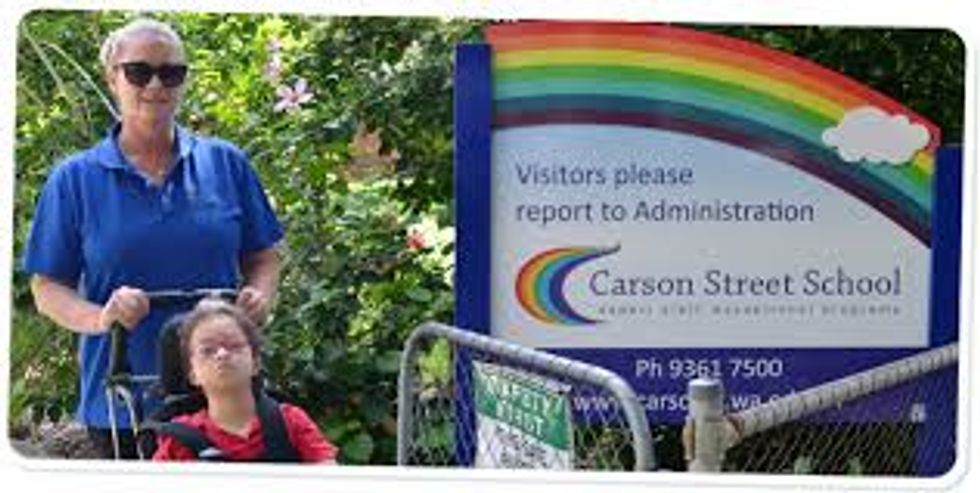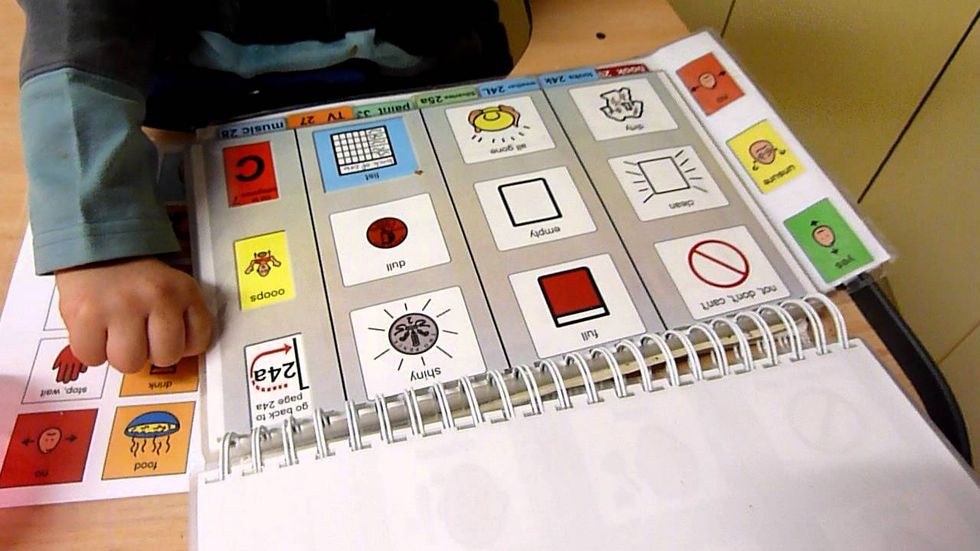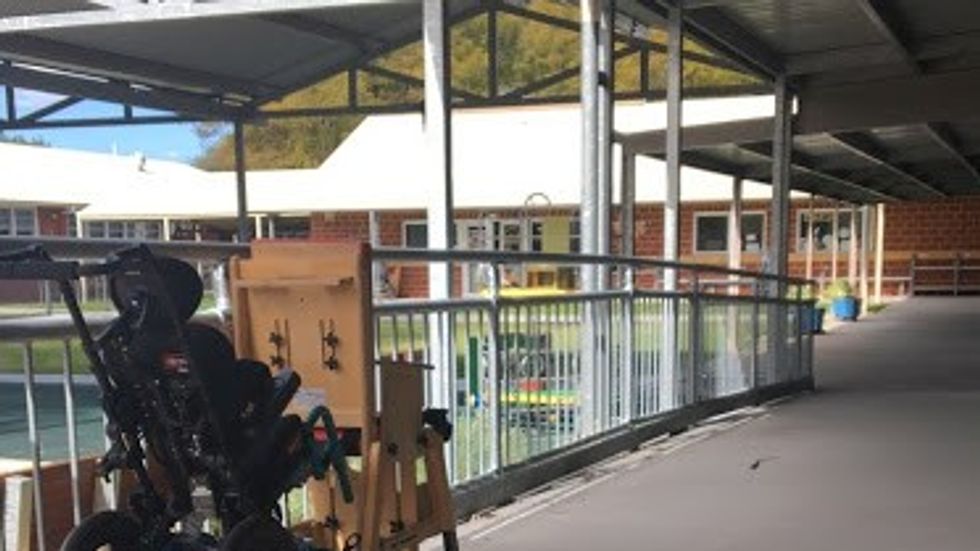A part of my study abroad program in Australia included a service learning course. The class itself met once a week for lectures and assessments, but most of it was based around our community internships. Before coming to Australia, everyone in the group filled out a survey on our professional interests. Then, we were placed with an organization in the Perth area. Mine was Carson Street Primary School, and it was easily one of the greatest experiences of my life.
Carson Street isn't an ordinary primary school. It's the only state-supported primary school for children with motor disabilities in the entirety of Western Australia. There are over 20 different classrooms that differ in focus and age, but the thing that connects all of them is the theory of conductive education. This is the philosophy that all children, no matter their motor or cognitive disability, have it in them to achieve and live fulfilling lives. If they need assistance then so be it, but everything should be done with the goal of empowerment in mind.
Most of the children attend a morning task series. This is where a teacher-conductor, someone specially trained in conductive education, leads the children and the staff through fine and gross motor skill tasks such as sitting, reaching, grasping, standing and walking. If the students are more mobile, they might participate in a focused walking task series to strengthen their muscles. If the students are more wheel-chair bound they'll spend more time exercising their brains with computer-based games that use a switch, often on the back of their wheelchair or on their tray, that makes the technology accessible.
I had a couple of different roles at the school. For the first month or so I was in the parent-child classroom. This is a task series-based class that allows the parents and children to learn together some of the skills they might want to practice before enrolling in kindergarten. It's for children ages 0-4, and each child builds their individual education plan in these early intervention type classes. I learned a lot from the teacher-conductor and the education assistants about how our minds and bodies are inextricably linked. I learned the importance of play, and I learned how to think on my feet. Furthermore, I was introduced to the PODD book. This is an amazing tool that Carson Street encourages all of their students to use. It's an assisted-communication book that is personalized to each child and relies on word-picture association. It's structured into easy to follow patterns and categories and is really fun to use!
For the next couple of months I worked in the Redgum and Yellowgum early childhood classrooms. These were more "formal" classrooms, but still implemented a morning task series. In Redgum, however, we would go to the hydrotherapy pool in the morning for the children that were practicing, and I would usually read and chat with the children who couldn't swim. In Yellowgum I was a classroom assistant. I helped with meals, task series, morning circle, transitions, music class, physical education class, reading and crafts and outdoor play. I spent the most time in Yellowgum and got to know the children and staff really well. I think I'll cherish my time in Yellowgum the most, as many of the staff really encouraged me to be independent and trust my gut. They embraced my skills and never made me feel uncomfortable about asking for help.
Since my time at Carson Street I've been re-evaluating what career I might pursue in the future. In combination with the time I've spent working at Woodward Elementary School in Kalamazoo, I've been thinking a lot about early childhood education. And, because I really love working in psychology, I'm thinking about pursuing a degree in school psychology with a focus on early childhood. But I guess we'll see, right? I've still got some time to decide.






















